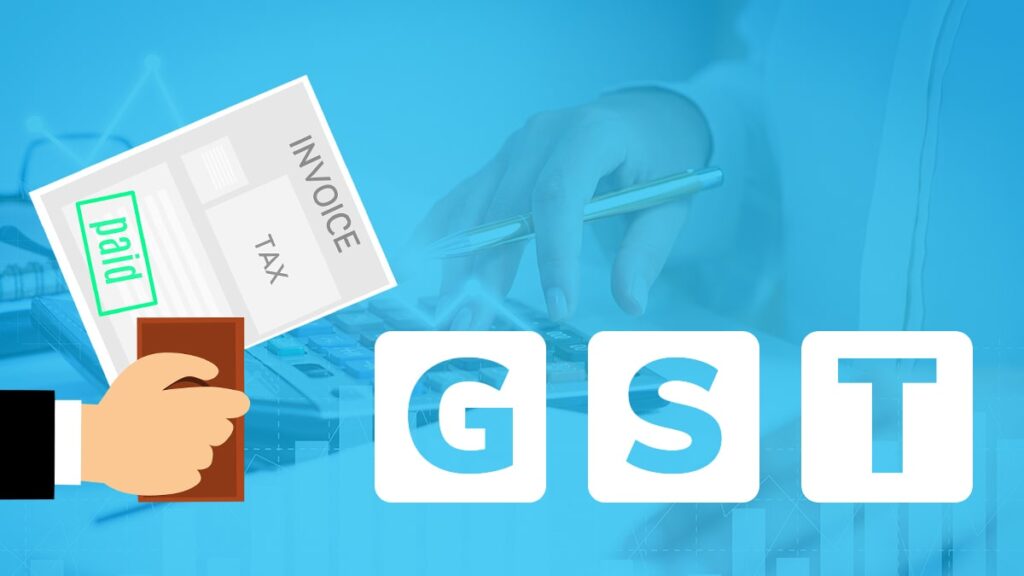GST (Goods and Services Tax), is an Indian indirect tax that has been implemented to replace a number of earlier indirect taxes like service tax, excise duty, and VAT. The GST was passed in a Parliamentary bill on March 29, 2017 and finally came into effect on July 1st, 2017.
The Gods and Services Tax is imposed on the supply of goods and services. It is the solitary domestic indirect tax law for the whole nation.

Table of Contents
Benefits of GST
GST has several benefits across government, states, consumers, and trade and industry, such as price reduction of goods and commodities, accelerated process of various activities, and a lowering of corruption. The various advantages are given in detail.
Benefit to Government
- GST helps to develop a unified common Indian national market that gives a boost to overseas ventures and ‘Make in India’ initiatives.
- It removes the cascading effect on the sale of goods and services and brings down their prices.
- It helps in harmonizing the laws, tax rates, and procedures across states and also between states and center.
- An enhanced compliance atmosphere since entire returns are filed online, and the input credits are also verified on the net. This gives rise to an encouraging trend of a greater paper trail of transactions at every level of the supply chain.
- Comparable uniform SGST and IGST rates bring down tax evasions as rate arbitrage is eliminated between neighboring states and that between intra and inter-state sales.
- An enhanced probability of a stronger taxation system through tax refunds, common registration procedures for taxpayers, uniform tax return formats, a common tax base, and a common structure for classification of goods and services
- Minimal human interface amid taxpayer and tax administration through greater involvement of IT. The move is stated to reduce corruption.
- A boost in export and manufacturing activity, resulting in job generation and an augmented GDP. The final aim is to remove poverty by increasing employment and fiscal resources.
Benefits to Trade and Industry
- Simpler tax regime with lesser exemptions.
- A greater ease in business practices.
- Brings down tax multiplicity.
- Removes double taxation on specific segments such as works contract, software, and hospitality.
- Alleviates tax cascading as Input Tax Credit is available across goods and services at each supply stage.
- Low compliance expense. Businesses are saved the time and labor to maintain multiple records for a variety of taxes.
- More effectual tax nullification specifically for exports, resulting in competitive products in the international market.
- Abridged and computerized processes for diverse steps like registration of GST, returns, refunds, and tax payments.
Benefits to Consumers:
- A transparent final price of merchandise due to seamless flow of input tax credit between the manufacturer, retailer and service supplier.
- Lower priced goods and services due to the lowering of cascading taxation impact.
- A high number of small retailers are exempted from tax or have to pay a very low tax rate under a compounding scheme. Hence, commodities from such suppliers are less expensive.
Benefits to States:
* Expanded tax base.
* Power to tax services is resulting in increased returns.
* Favourable consumption tax.
* Enhanced overall investment climate in the country is impacting state development.
* Improved revenue collection.
Components of GST
GST has three applicable taxes- CGST, SGST & IGST.
CGST: This tax is collected by the Central Government on an intra-state sale (e.g., a transaction happening inside Haryana)
SGST: This tax is collected by the state government on an intra-state sale (e.g., a transaction happening inside Haryana)
IGST: This tax is collected by the Central Government for an inter-state sale (e.g., Haryana to Uttar Pradesh)
Price Reduction under GST
In the earlier tax structure, each purchaser, including the last customer had to pay tax on every tax. This pre-requisite of tax on tax is defined as the cascading effect of taxes. The introduction of GST helped in the removal of this cascading effect, and here the tax is calculated just on the value-addition at every phase of ownership transfer.
New Compliances Under GST
GST has brought numerous new changes such as online filing of the GST returns. The other new changes are mentioned as follows:
E-Way Bills
Through the implementation of ‘e-Way bills’, GST has launched a centralized system of waybills for inter-state goods movement. From April 15, 2018, there has been an introduction of waybills for intra-state goods movement. Through this system transporters, traders, and manufacturers could easily generate a single e-way bill for the transportation of goods from the place of origin to the final destination on a common online platform. This system also benefits the tax authorities as their check-posts time is reduced and they have to deal with lesser tax evasion.
E-invoicing
In January 2020, there has been a trial launch of the e-invoicing system, which finally got implemented from October 2020 onwards. Under this new system, big-sized businesses with yearly returns of over Rs.100 crore are required to comply with certain requirements. For example, businesses are needed to obtain a unique invoice reference number for each instance of business-to-business invoice by uploading these invoices on the GSTN’s portal termed as the invoice registration portal for the verification of authenticity and correctness of the invoice. Once verified, the invoice gets accepted through a QR code and a digital signature.
This system permits interoperability of invoices and aids in the reduction of data entry mistakes. The portal is developed is such a fashion that it passes invoice information directly from the IRP to the GST and the e-way bill portal. Hence, the need for manual data entry in the course of ANX-1/GST returns filing and the generation of part-A of the e-way bills is removed.
Rates
Different items have different rates of GST on them. For example, the GST on washing detergents is 28% while those on soaps is 18%. Similarly, we find that GST on movie tickets is based on slabs, where tickets in the range of Rs.100 or less are charges 18% GST, and those more than Rs. 100 are charges 28%. Vehicles, both private and commercial are charges 28% GST, whereas readymade clothes are charges 5%. If you buy an under-construction property then you will have to pay a GST of 12%. However, certain products and industries are exempted from the GST, like dairy products, meat products, fruits and vegetables, products of milling industries, and other groceries and essential items.
Reverse Charge Mechanism
GST has introduced a system named Reverse Charge Mechanism (RCM) where the receiver is payable for the tax on the behalf of unregistered, smaller material and service suppliers. Here, the unregistered dealer is not eligible for Input Tax Credit which must be paid by the receiver.
I’m Shiv Kumar, a graduate with a passion for finance, marketing, and technology. My journey into finance started with a desire to understand money management and investing.
Our main goal is to empower individuals through financial education. We believe that everyone should have the opportunity to build a strong financial foundation. Whether you’re a seasoned investor or just getting started, we provide articles, guides, and resources to help you navigate the financial landscape.
I invite you to join our community of financially savvy individuals. Feel free to ask questions, engage with our content, and explore the topics that matter to you. Together, let’s take control of our financial futures.




